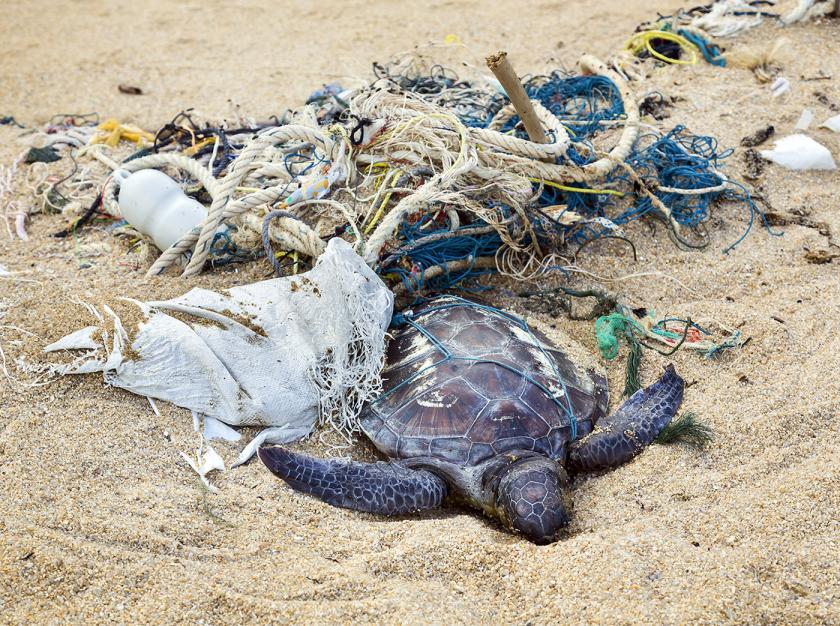“The world’s finest wilderness lies beneath the waves”
Wyland
Sea turtles have played fundamental roles in maintaining the health of the world’s oceans for more than 100 million years.
Along with being one of the most adorable sea creatures, these animals are vital for maintaining healthy seagrass beds and coral reef ecosystems, controlling sponge distribution, providing key habitats for other marine life, help balance marine food webs, and facilitating nutrient cycling from water to land.
Humans have caused sea turtle populations to decline significantly. As sea turtle populations decline, so does their ability to fulfill their roles in maintaining healthy marine ecosystems.

There are 7 different species of sea turtles: Loggerhead, Leatherback, Green Turtles, Hawksbill, Kemps Ridley, Olive Ridley, and Flatback.
Sea turtles are highly migratory species that rely on beaches to nest, but spend most of their lives in the oceans. Florida beaches host 90% of sea turtles nesting in the continental U.S.
Our oceans are unhealthy and are under significant threat from fishing, pollution, and climate change. It is time for us to protect sea turtles and rebuild their populations so that we can keep our oceans healthy and maintain resilient oceans for the future.

Turtle’s Journey
Sea turtles make incredibly long migrations between feeding and nesting areas, some as far as 3,700 miles. They mate at sea and come ashore on beaches to lay their eggs. Females will lay up to 100 eggs. Once she is done laying her eggs, she returns to the ocean.
After about 45-60 days, depending on the turtle and temperature, the eggs will hatch and tiny hatchling will make their way to the ocean.
This usually occurs at night to avoid deadly predators that hunt the hatchlings, including seabirds, crabs, and other large predators. Their natural guide to the ocean is the moonlight.
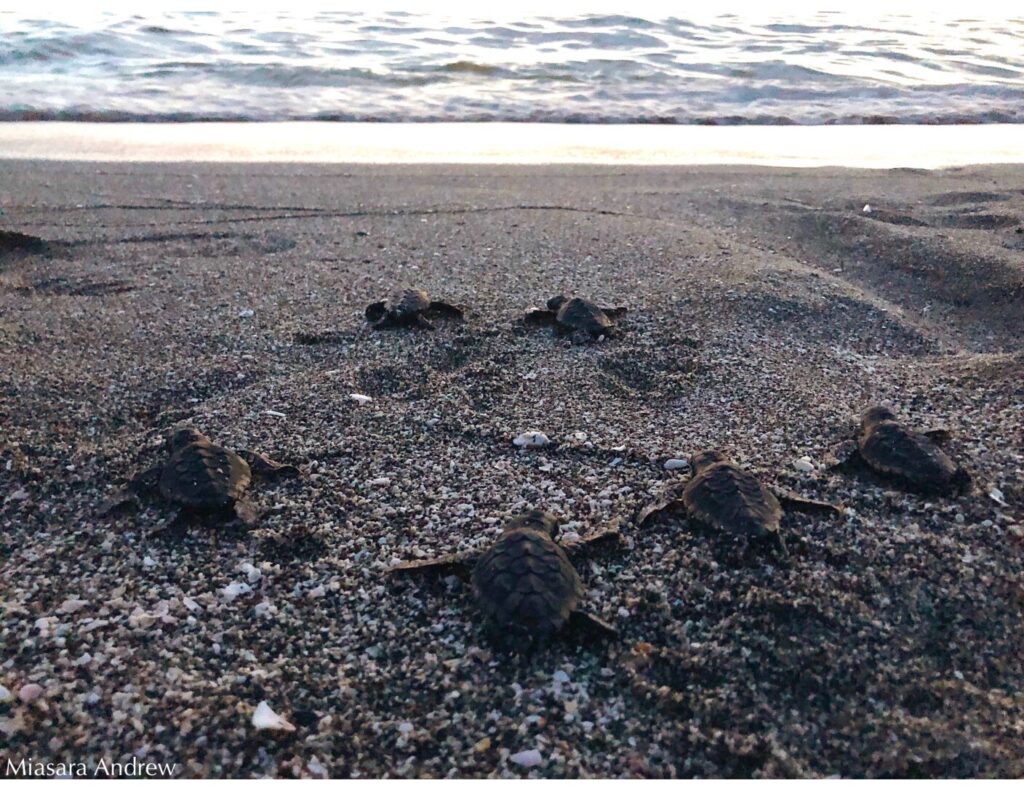
Dangers to sea turtles caused by humans
Sea turtles are classified as threatened and critically endangered, largely due to human impact. Not only are they struggling to escape predators, but struggling to escape humans.
From the day they hatch, sea turtles are constantly struggling to survive.
For every 1,000 eggs laid, only about 1 turtle reaches adulthood due to predators and human threats.
Climate Change
Temperatures influence the gender of sea turtles-warmer temperatures create females and cool temperatures create males. With the rising temperatures, there is a major increase in female sea turtles, creating a shortage of males. This leads to females having a difficult time mating and decreasing the amount nesting and newborn babies.
Entanglement and consumption of fishing nets and lines
Many sea turtles are caught in fishing nets or lines which result in death by drowning due to forced submergence.
Ingestion of gear, including lines or hooks, also lead to death and it is estimated that about 4,600 sea turtles are killed each year from fishing gear.
Bycatch
Bycatch is when fishermen catch unwanted fish or marine life during commercial fishing. They will discard animals that they don’t want, cannot sell, or keep. Bycatch negatively affects marine ecosystems and greatly impacts the sea turtle population.
Bright lights and loud noises
Beaches are lined with seaside condominiums, houses, and hotels. These lights confuse the babies and they start moving in the wrong direction never making it to the water.
Lights and loud noises scare females from nesting. She will go back into the ocean without laying her eggs. Unable to hold onto the eggs forever, she will end up dumping them in the ocean and all those babies will have no chance at life.
Pollution and obstruction
Holes in the sand, sandcastles, beach chairs, trash, and other garbage on the beach cause female turtles to get caught and stuck on the beach. They are unable to lay their eggs and unable to get back into the water.
Boating accidents
Sea turtles come up to the surface for air, and many people don’t know that. Nearby boats cause major damage to turtles and often leads to death in a serious collision.
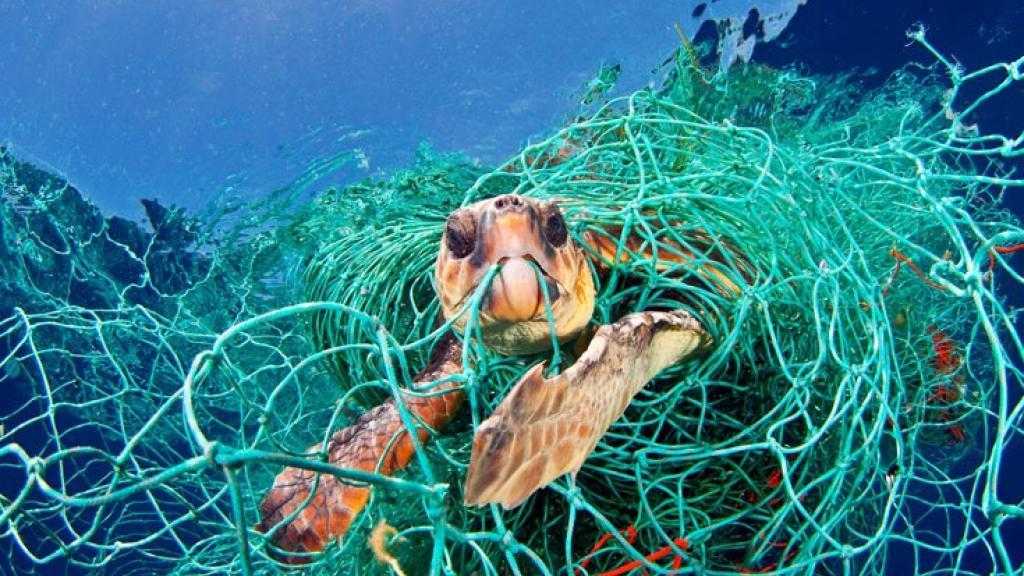
As you can see, the main factors contributing to sea turtle declines are from human impact.
My experience working in the sea turtle rehabilitation hospital
During my time working in a rehabilitation hospital in Florida, I saw first-hand how humans affected sea turtles short-term and long-term.
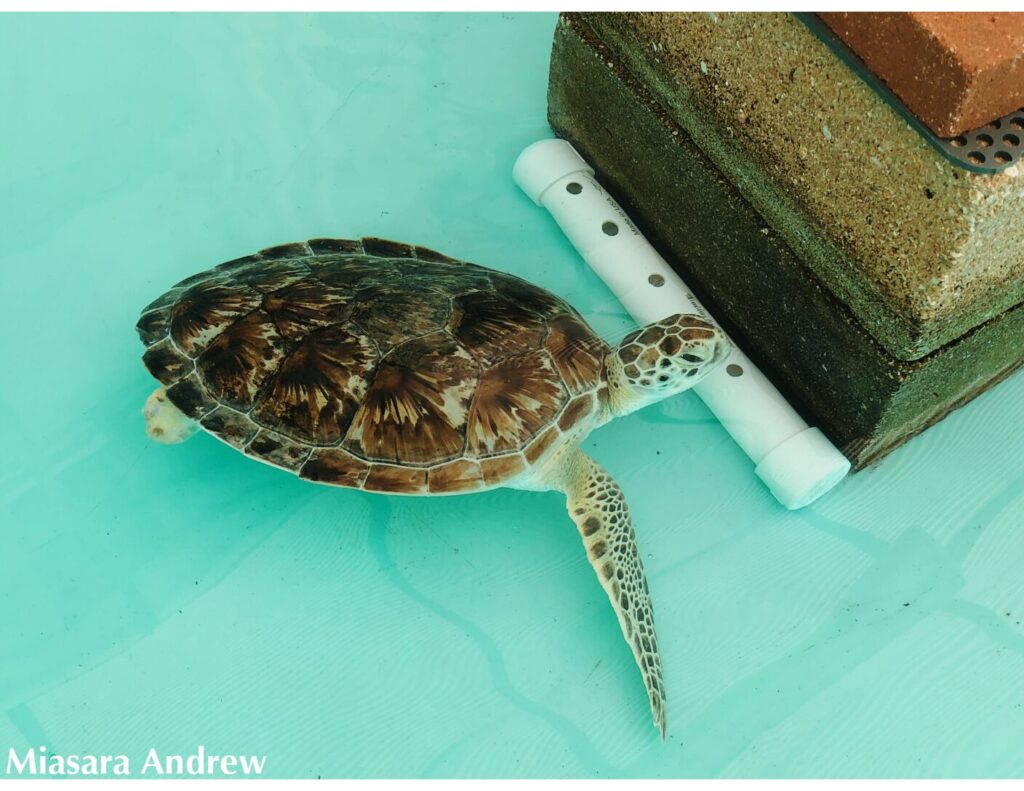
This beautiful juvenile green sea turtle, Lucille, was found floating in the ocean. When we rescued her to bring her to the rehab hospital, she had one of her front flippers missing. She lost her flipper from entanglement in fishing lines. She was only a couple months to a year old. Thankfully she was very strong and was able to learn how to swim with just one flipper!
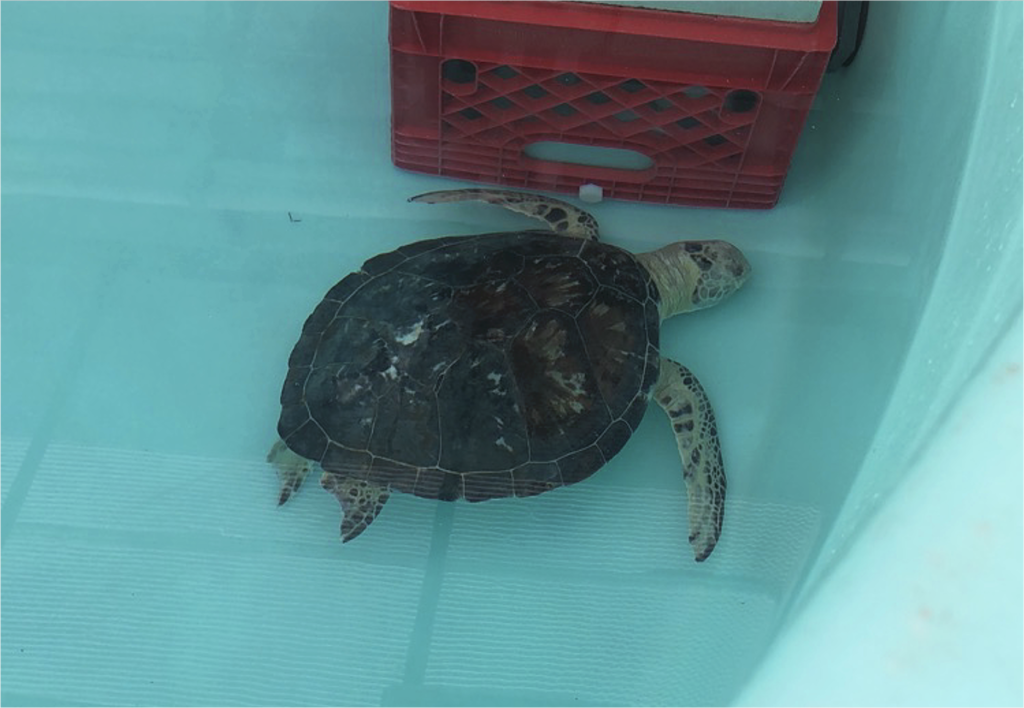
Another juvenile green sea turtle, Crush Jr, was found floating as well with a fishing line hanging out of his mouth. When we brought him in, we found out that he ingested a large fishing hook. The hook was deep in his body and was still connected to the fishing line that was hanging out of his mouth. It took some time, but we were eventually able to get the hook out and he is happy and healthy again!
We had hundreds of disoriented hatchlings brought in by the public and volunteers throughout the course of the summer. They were typically found on the road, sidewalk, or crawling in the opposite direction of where the ocean was.
When they were brought in, we were able to release them safely into the ocean making sure they didn’t get disoriented again.

One of the more difficult things that comes with working in a rehab facility is working with the strandings team. Along with rescuing injured animals and nursing them back to health, we pick up dead ones too.
A majority of the dead turtles we picked up were because of boating accidents, entanglement, and consumption of plastic.
An important part of my job was to do necropsies. This was vital for determining the death of the sea turtles.
One of the most common things we found was the outstanding amount of plastics within their bodies.
Check out this video of me releasing one of our adult male sea turtles!
How you can help save them
- Sea turtles lay their eggs on the coast of Florida every year between March and October. If you live by the beach, turn your lights off at night.
- Reduce your lights or ask businesses to do so. Ask businesses to change the color of their lights to amber, red, or orange.
- If you are on the beach at night avoid using lights, playing music, or anything else that may be disturbing to nesting turtles or hatchlings.
- Fill holes in the sand and knock over your sandcastles to avoid turtles getting caught.
- Don’t leave your trash on the beach, or pick up trash on the beach and dispose of it properly.
- If you see a sick or injured animal, contact your local sea turtle stranding network.

Sea turtle friendly fishing and boating tips
- Slow speed zones were put in place for a reason. Pay attention to signs when boating since sea turtles come up the surface for air.
- Never abandon fishing gear such as hooks, lines, or nets into the water.
- Use barbless circle hooks.
- Recycle fishing lines
- Change fishing location if sea turtles are in the area and show interest in your bait.
- Do not attempt to feed sea turtles-it is harmful and illegal!
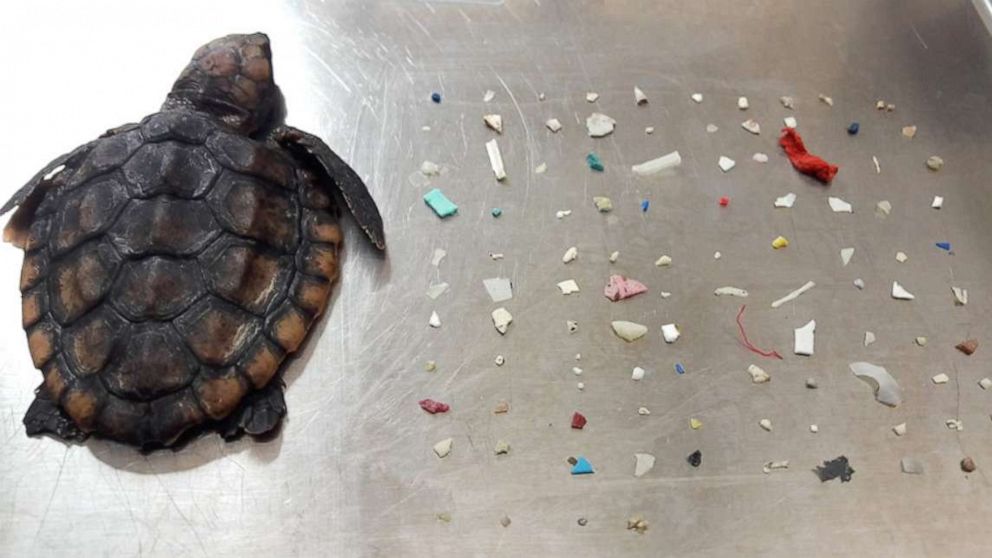
If you don’t live near nests or visit beaches with them, here are ways you can still help
- Be a conscious and responsible seafood consumer by asking where and how your seafood was caught.
- Support actions that help sea turtle conservation.
- Participate in local clean-ups
- Teach your family and friends about major impacts and ways to help.
- Reduce pollution
- Recycle
- Do not consume or purchase products made of sea turtles.
- Reduce your carbon footprint.
